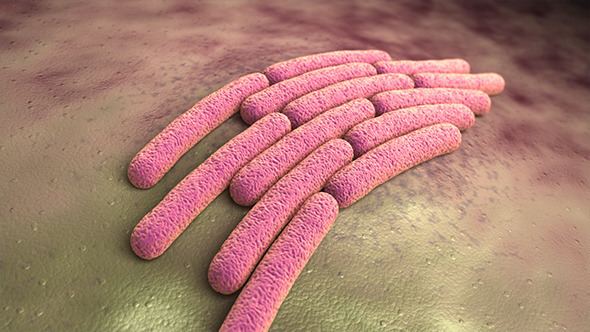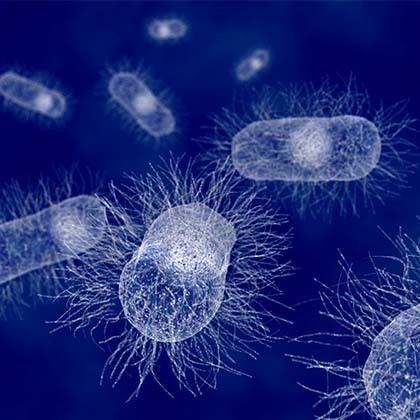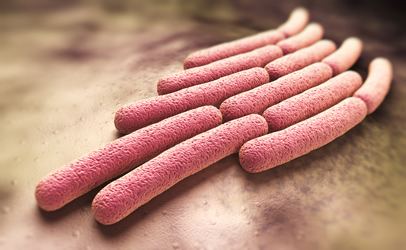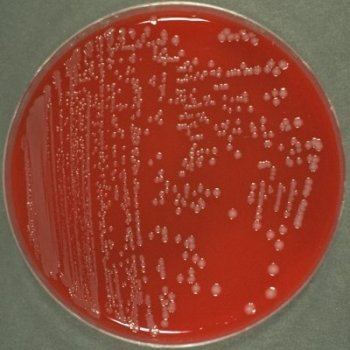Order Enterobacteriales Rank Species | Higher classification Shigella | |
 | ||
Similar Shigella flexneri, Shigella boydii, Bacteria, Yersinia enterocolitica, Enterobacteriaceae | ||
Shigella sonnei
Shigella sonnei is a species of Shigella. Together with Shigella flexneri, it is responsible for 90% of shigellosis cases. Shigella sonnei is named for the Danish bacteriologist Carl Olaf Sonne. It is a Gram-negative, rod-shaped, nonmotile, nonspore-forming bacterium.
Contents
- Shigella sonnei
- Identificaci n de e coli y shigella sonnei
- Pathophysiology
- Evolution
- Causes
- People at risk
- Symptoms
- Possible complications
- Prevention
- Treatment
- Growth in lab
- References
Identificaci n de e coli y shigella sonnei
Pathophysiology
This species polymerizes host cell actin.
Evolution

This species is clonal and has spread worldwide. Analysis of 132 strains has shown that they originated from a common ancestor in Europe around 1500 AD.
Causes

"Group D" Shigella bacteria cause shigellosis. Those infected with the bacteria release it into their stool, thus causing possibility of spread through food or water, or from direct contact to a person orally. Having poorly sanitized living conditions or contaminated food or water contributes to contracting the disease.
People at risk

Infants and toddlers, the elderly, travelers, and ill people are susceptible to the most severe symptoms of S. sonnei disease. Shigellosis is commonly suffered by individuals with acquired immune deficiency syndrome (AIDS) and AIDS-related complex, as well as non-AIDS homosexual men. The other people who are at risk include the gay, bisexual, and other men who have sex with men (MSM). Shigellosis could also be passed through HIV-infected persons who already have contracted a more severe and prolonged shigellosis, including having the infection spread into the blood, which can be life-threatening to the person.
Symptoms

Infections can result in acute fever, acute abdominal cramping, cramping rectal pain, nausea, watery diarrhea, or blood, mucus, or pus in the stool, which may occur within 1–7 days after coming in contact with the bacteria.
Possible complications
Prevention
No vaccines are available for Shigella. The best prevention against shigellosis is thorough, frequent, and cautious handwashing with soap and water before and after using the washroom and before handling food; also, a strict adherence to standard food and water safety precautions is important. Avoid having sexual intercourse with those people who have diarrhea or who recently recovered from diarrhea. It is also important to avoid swallowing water from ponds, lakes, or untreated swimming pools.
Treatment
Antibiotic resistance has been reported.
Growth in lab
It can be grown on MAC agar and TSA, at 37 °C optimally, but it also grows at 25 °C. It is facultatively anaerobic and chemo-organotrophic, and produces acid when carbohydrates are catabolized.
